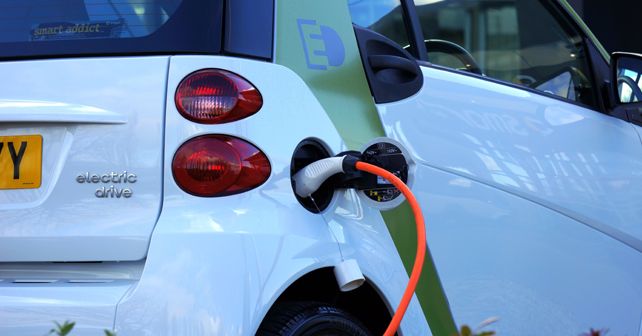
The government has recently announced steps to develop the country's EV charging infrastructure in a phased manner; the development project is likely to be carried out in two phases.
The Indian government, the Ministry of Power to be specific, has released a dossier which clarifies the government's plan of action on developing India's much-needed EV charging infrastructure. The dossier outlines numerous nitty-gritty of the entire process but we've boiled it down to the crucial points highlighted in the document.
An important announcement in the circular is that the setting up Public Charging Stations (PCS) will be a de-licensed activity which indicates that the rollout will be much quicker and efficient. Each PCS can also freely obtain electricity from any power distributor (DISCOM) via an open access system. While any individual or entity can set up a PCS, existing fuel filling stations will be encouraged to set up charging stations as well.
While private owners of electric cars and scooters can charge their vehicles at their homes or offices via internal set-up charging stations (with priority access to electricity from power utilities at the same power tariff), PCSs will have to meet certain technical rules and regulations pertaining to the number fast chargers available and their type. Even their permissible power ratings will have to be followed.
Further, the ministry has also identified crucial highway corridors like the Hyderabad Outer Ring Road, Delhi-Jaipur highway, Bengaluru-Mysore highway and more which will have charging stations for both small private vehicles and larger commercial vehicles. The government is aiming to set up EV charging stations in a grid of 3000 metres or 3km, in major cities which are listed below. For the highways, expect to see a charging station set up every 25km.
The rollout of the scheme is most likely to take place in two phases. In the first phase, spanning up to three years, all nine megacities —Mumbai, Delhi, Bengaluru, Hyderabad, Ahmedabad, Chennai, Kolkata, Surat and Pune, along with important expressways and National Highways such as the Mumbai-Pune expressway, Ahmedabad-Vadodara, Delhi-Agra Yamuna Expressway, Delhi-Jaipur, Bengaluru-Mysuru and Bengaluru-Chennai corridors will be covered.
In the second phase, which is likely to be spread over three-five years, will cover state capitals, Union Territory headquarters and highways connected to them. This fresh approach is expected to bolster the government’s efforts to roll out the second phase of the Faster Adoption and Manufacturing of Electric and Hybrid Vehicles (FAME) scheme in April next year as it is likely to provide financial incentives of nearly ₹5,000 crore to EV buyers over a span of five years.























Write your Comment